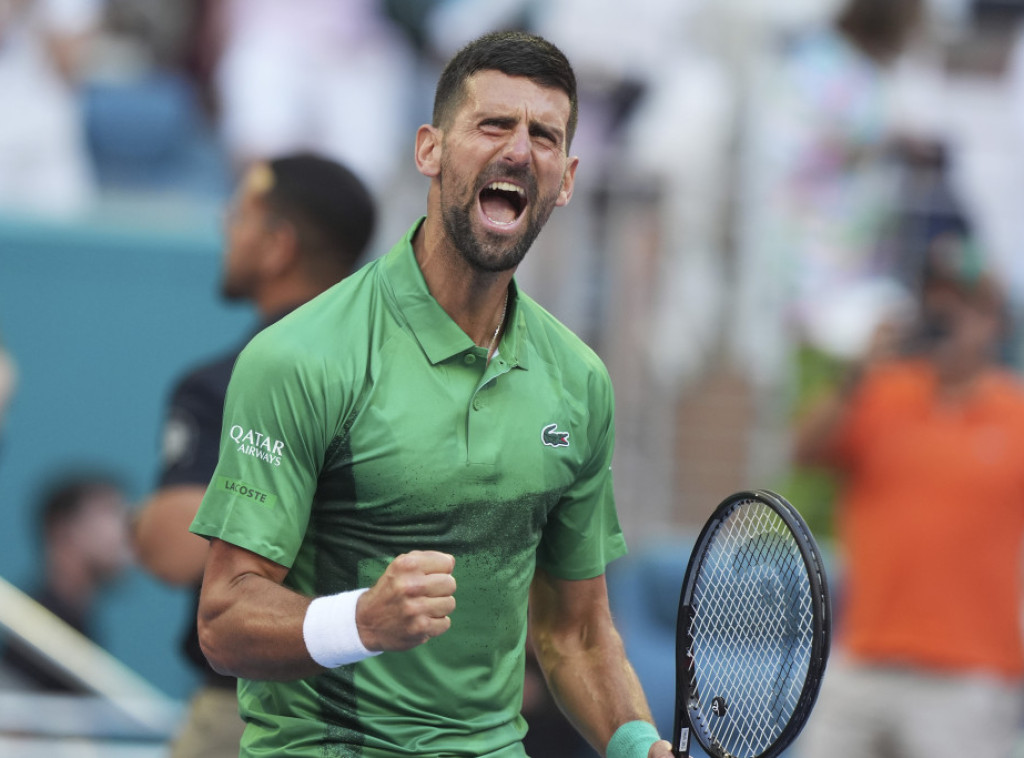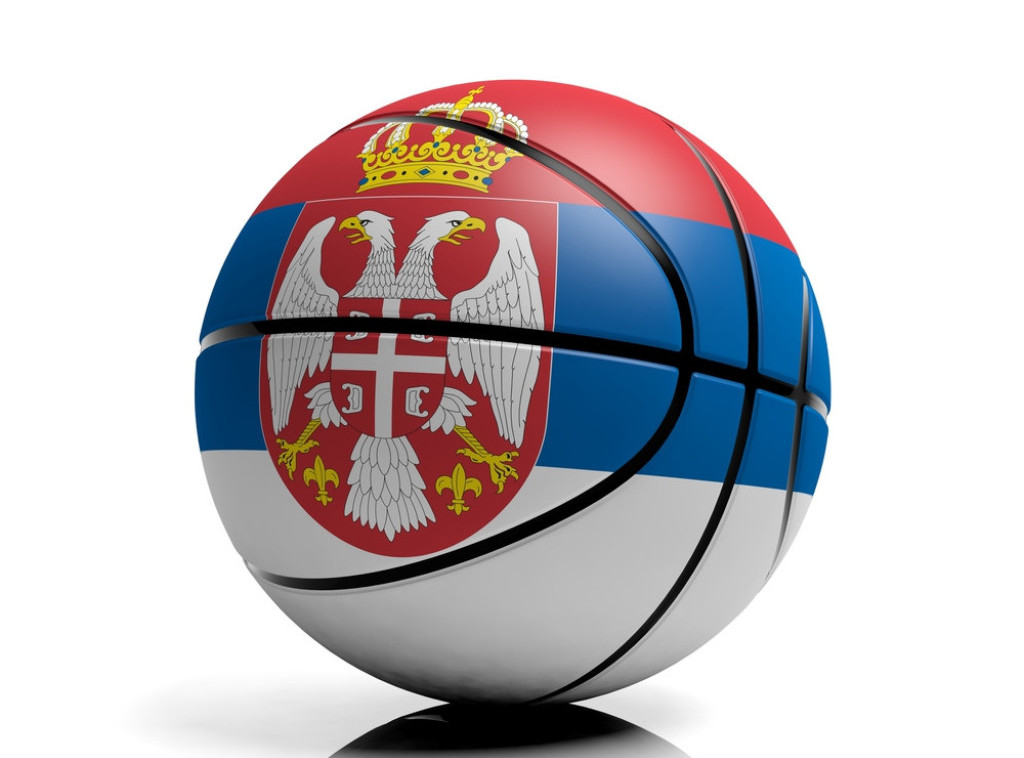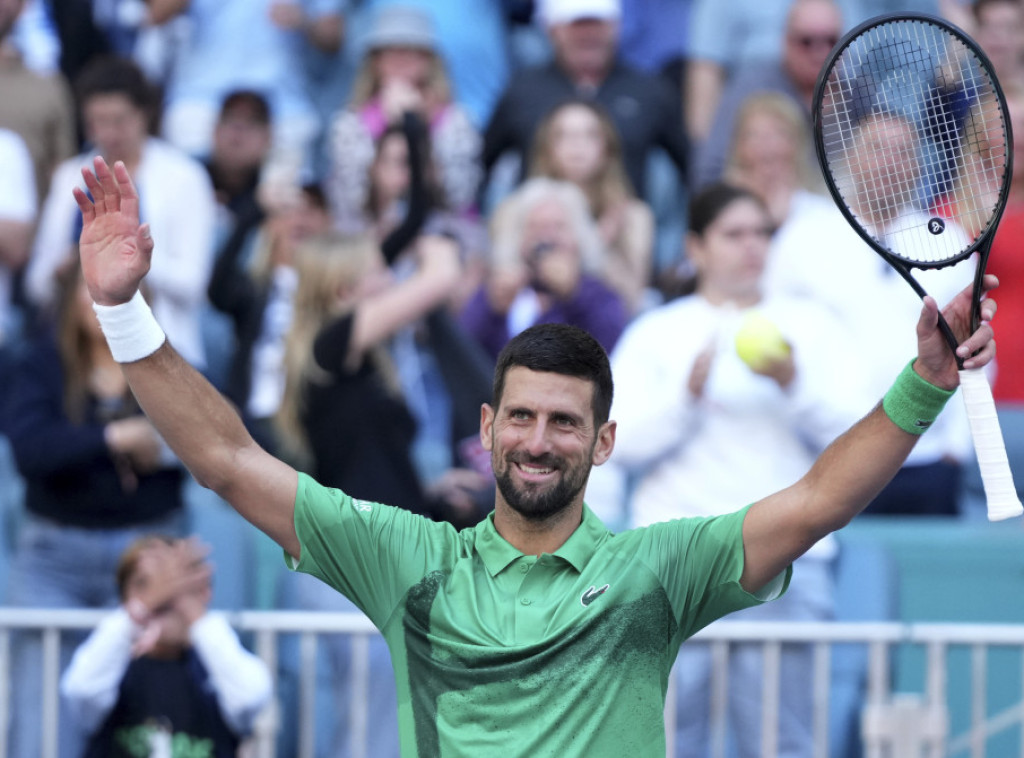Chemnitz officially begins its year as European Capital of Culture 2025 this weekend with a grand opening celebration, while later this year, Gorizia and Nova Gorica will also make history as Europe’s first ‘borderless’ Capitals of Culture.
Having been announced back in 2020, the long-awaited moment has arrived for Chemnitz – the southeastern German city is now officially a 2025 European Capital of Culture, and it’s kicking off with a huge celebration on Saturday.
The city is expecting 70,000 to 100,000 visitors to flock to its streets for a day packed with art, music, and cultural performances. This year also marks the 40th anniversary of the ECOC initiative, making the party even more poignant.
The opening ceremony will take place at the iconic Marx Monument, fitting not least because the 40-ton bust, known locally as the “Nischel,” has long been a symbol of Chemnitz, formerly called Karl-Marx-Stadt in the GDR era.
Before the main event gets going in the evening, visitors can enjoy performances by actor Alexander Scheer and director Andreas Dresen, who will play together with a band; the “Dancing Neighbours”, a local dance project for those over 60; pop singer Dilla and Argentine bandoneon musician Omar Massa. If people are feeling peckish, they can visit the “Kitchen of Nations” food market, which organisers say will showcase the city’s diverse culinary heritage.
Chemnitz will also highlight its deep industrial roots, with volunteers pulling a historic steam locomotive through the centre as part of the “Mitziehen” campaign, symbolising collective action and the city’s industrial past. The day will wrap up with parties and live music at various clubs around the city.
The celebrations continue throughout the year, with the theme “C the Unseen” linking 200 projects and 1,000 events.
The city hopes to draw art lovers with a plethora of exhibitions, including a major display of works by Norwegian painter Edvard Munch, who stayed in Chemnitz in 1905. Visitors will also be able to explore the city via the “Purple Path,” a trail connecting public art installations by international artists like Tony Cragg and James Turrell.
A marathon route will be reimagined as the longest musical stage in the world, blending everything from classical tunes to hip-hop and electronic beats. The celebration of sporting culture will continue with a cross-border cycling tour honouring the Peace Race, a historic event that once spanned the countries of the former Eastern Bloc. Other highlights include a dance journey inspired by James Joyce’s "Ulysses" and a revitalised Kosmos festival celebrating democracy. Meanwhile, the Begehungen Festival (translated as "Inspection") will transform a former lignite mine into a contemporary art gallery.
However, the festivities come with their share of challenges. Right-wing groups have planned a rally in Chemnitz on opening day, prompting a counter-demonstration organised by the German Trade Union Confederation, which expects thousands of participants to advocate for unity and against hate.
The celebrations won't be confined to Chemnitz alone, however. In February, Gorizia and Nova Gorica, located on the border between Italy and Slovenia, will make history as Europe’s first ‘cross-border’ Capital of Culture.

 2 months ago
26
2 months ago
26






 We deliver critical software at unparalleled value and speed to help your business thrive
We deliver critical software at unparalleled value and speed to help your business thrive






 English (US) ·
English (US) ·